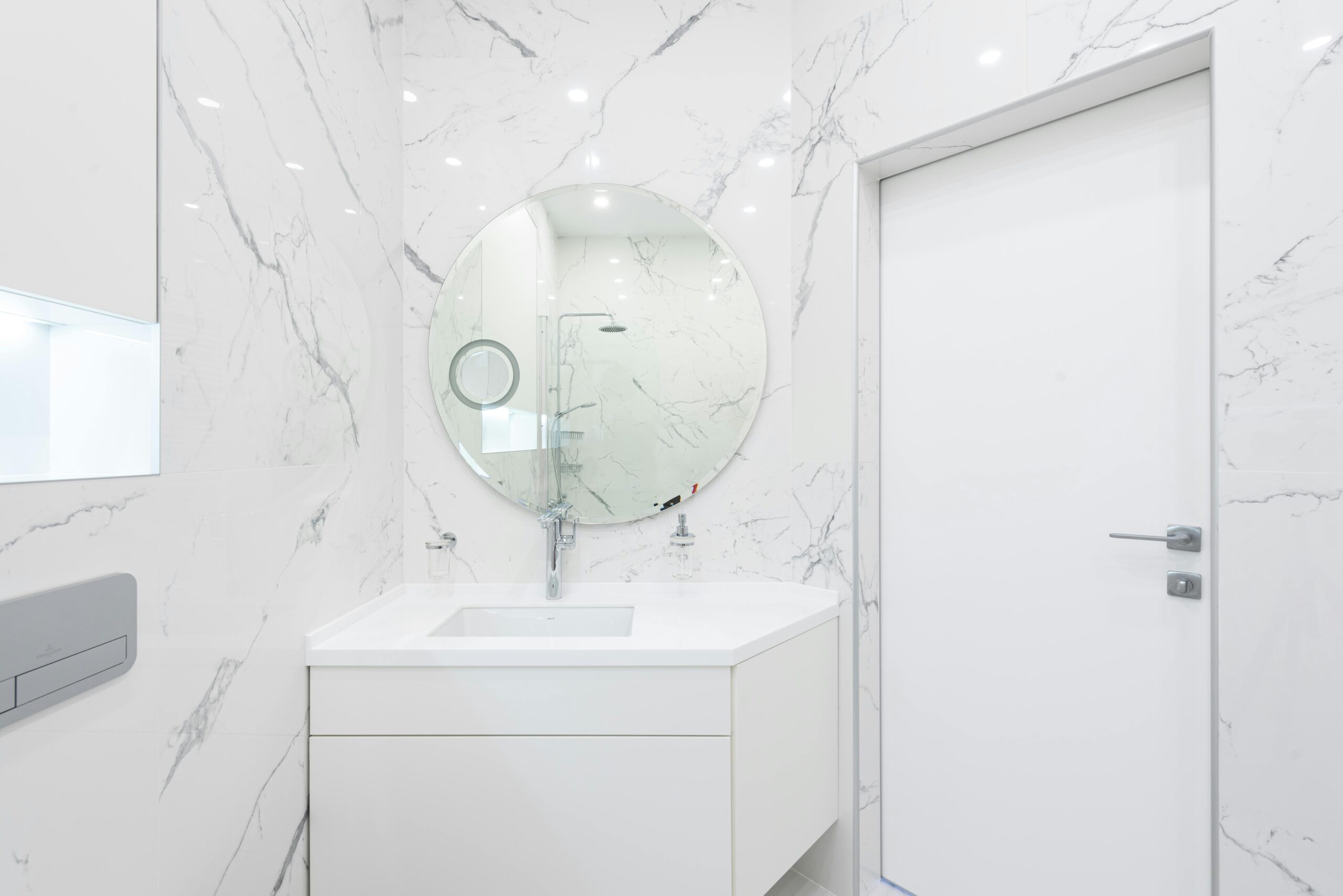Complete Shower Door Guide Home Depot Style
Upgrading your shower enclosure can completely transform your bathroom. With the growing popularity of the “shower door guide Home Depot” searches, homeowners are seeking practical, stylish, and cost-effective ways to install or replace shower doors. This guide offers expert insights on selecting, installing, and maintaining the perfect shower door to suit your space and budget.

Understanding the Fundamentals
Shower doors serve both functional and aesthetic purposes. They prevent water leakage, provide privacy, and contribute significantly to your bathroom’s overall look. Whether you’re renovating or building a new bathroom, understanding shower door fundamentals is essential.
Over time, shower doors have evolved from basic plastic curtains to sophisticated frameless glass systems. Now, thanks to major retailers like Home Depot, options have become accessible and diverse, including DIY kits for easy home installation.
1.1 Types of Shower Doors
There are several common types of shower doors:
- Sliding Doors: Best for tight spaces; they move along tracks and are ideal for tub-shower combos.
- Pivot Doors: These swing open like a regular door and need ample space to operate.
- Bi-Fold Doors: Fold inwards and work well in compact bathrooms.
- Frameless Doors: Sleek and modern; they use thicker glass for support and offer a minimalist look.
Recent studies show frameless designs are the most popular choice among mid- to high-end bathroom remodels. They create a sense of openness and can increase property value.
1.2 Materials and Finishes
Common materials include tempered glass, aluminum, stainless steel, and acrylic. Tempered glass is a safety standard and comes in clear, frosted, or patterned options. Hardware finishes range from matte black to brushed nickel.
Each finish can complement different bathroom styles, whether you’re going for a rustic farmhouse aesthetic or a contemporary spa feel. Choosing the right combination impacts both function and visual appeal.
Practical Implementation Guide
Knowing how to choose and install the right shower door is crucial. This section helps break down the process into actionable steps using Home Depot-level accessibility and DIY principles. With the right approach, even a beginner can manage a professional-grade installation.

2.1 Actionable Steps
- Measure Accurately: Use a tape measure to get the exact width and height of your shower opening. Always measure at multiple points and use the smallest measurement.
- Select the Right Door Type: Match your measurements to available door styles. Consider how the door opens and how much space you have outside the shower area.
- Installation: Follow the kit’s instructions. Most include wall jambs, anchors, and sealing strips. Allow 24–48 hours for the sealant to cure fully before using the shower.
2.2 Overcoming Challenges
Some of the most common issues include:
- Incorrect measurements leading to poor fit
- Glass panels that are too heavy for DIY handling
- Improper sealing, causing water leaks
To overcome these, double-check your measurements and consider hiring a second person to help with glass handling. Use high-quality silicone and level-checking tools to ensure a water-tight and even installation.
Advanced Applications
Once you’ve mastered basic installations, you might consider advanced upgrades like smart features or custom builds. These elevate both functionality and design, offering long-term value and improved user experience.

3.1 Smart Shower Integration
Some modern systems integrate with smart home technology. Features include motion-activated lighting, anti-fog mirrors, and app-controlled water temperature. These are typically custom installations but can be adapted to many Home Depot product lines.
Case studies show a 20% increase in water efficiency and comfort when smart systems are integrated into showers, making them both eco-friendly and luxurious.
3.2 Custom Glass and Etching
For homeowners wanting a unique look, custom glass doors with etched designs or logos are now available. These work best in upscale renovations and require professional measurements and manufacturing.
Ensure compatibility with wall types, hardware weight limits, and waterproofing materials to avoid future maintenance headaches.
Future Outlook
Bathroom technology continues to evolve, and shower door innovation is no exception. Expect to see more frameless, self-cleaning glass, magnetic seals, and tool-free installation kits in the near future.
Industry leaders forecast a 35% increase in smart bathroom upgrades by 2028. Staying ahead by choosing versatile, upgrade-ready products from Home Depot today ensures long-term satisfaction and easier retrofitting later.
Conclusion
From selection to installation, understanding your shower door options is crucial for any bathroom remodel. This guide has explored the most popular types, materials, and expert tips for using the shower door guide Home Depot style to your advantage.
Now is the time to elevate your bathroom experience. Measure, plan, and shop confidently with the knowledge you’ve gained. Start your DIY upgrade today and bring spa-level luxury right into your home.
Frequently Asked Questions
- Q: What types of shower doors are best for small bathrooms? Sliding or bi-fold doors work best due to their space-saving nature.
- Q: How do I get started with the shower door installation? Measure your space, choose a compatible door type, and purchase a complete installation kit.
- Q: How long does it take to install a shower door? Typically 2–4 hours for DIY installations, depending on complexity and tools available.
- Q: How much does a new shower door cost? Basic models start around $150, while frameless custom units can exceed $1000, excluding labor.
- Q: Are frameless doors better than framed ones? Frameless options offer a sleeker look and easier cleaning but may cost more and require thicker glass.
- Q: Is this a beginner-friendly DIY project? Yes, with basic tools and attention to detail. Heavy glass panels may require an extra pair of hands.
- Q: Can I use these doors in rental or commercial properties? Absolutely. Choose durable materials and low-maintenance designs for multi-user environments.
